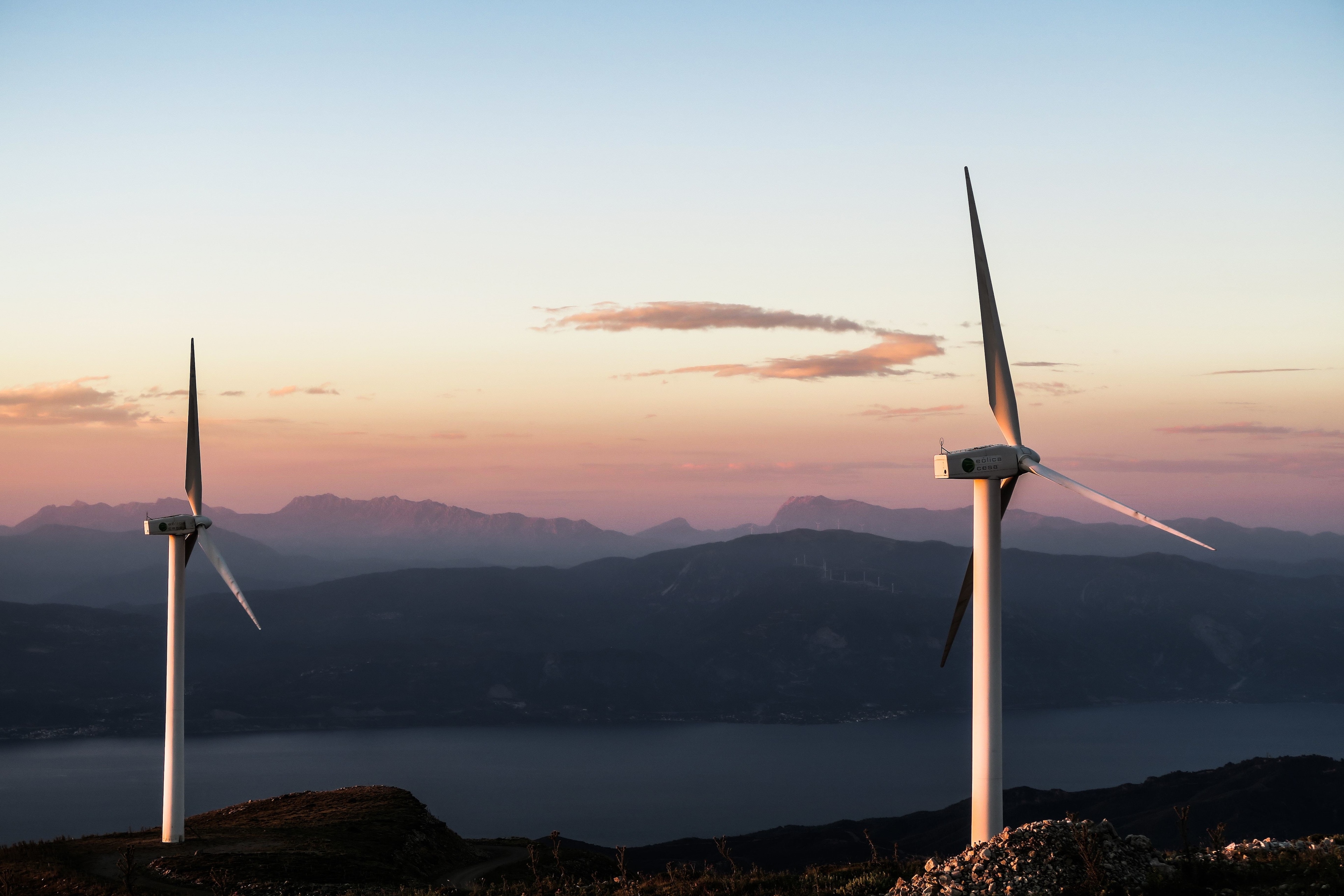This Central Asian lake is a stark reminder of the impact we have on the planet

A ruined ship lays on the Aral Sea coastline near the village of Akespe. Image: REUTERS/Shamil Zhumatov

Get involved with our crowdsourced digital platform to deliver impact at scale
Stay up to date:
Water
- The Aral Sea was once the world’s fourth-largest lake, but an irrigation project drained nearly all the water.
- The consequences include the loss of a fishing industry, salt-laden dust affecting crops and human health, and an altered climate.
- A dam has increased water levels in a small part of the lake called the North Aral.
It's easy to feel overwhelmed by statistics on how our actions are changing the planet.
If someone tells you that we lose 18.7 million acres of forests a year or that our surface oceans are 28% more acidic than before the Industrial Revolution, you may struggle to imagine what that really means.
Well, in Central Asia, to the east of the Caspian Sea, there's a clear reminder of what we can do the natural world.
Shrinking sea
In the 1960s, the Aral Sea was the fourth-largest body of inland water on Earth. Just decades later, it was almost gone.
The inland sea, which had covered 68,000 square kilometres in 1960, is now 85% smaller. And it’s due to human actions.
Creating a diversion
In the sixties, the Soviet Union undertook a major project to divert water destined for the Aral Sea to irrigate farmland in Kazakhstan, Uzbekistan and Turkmenistan.
It transformed once-arid landscapes into predominantly cotton and rice farms – and cut the amount of water reaching the lake, with devastating results.
Drier, saltier, less productive
The lake’s ecology changed significantly. The water became saltier, concentrations of minerals increased, and fertilizer and pesticides caused pollution.
The fishing industry – which employed about 60,000 people in the early 1960s – collapsed, and by the 1980s had disappeared.
The Kok-Aral dam, completed in 2005 to prevent water flowing out from the North Aral into the South Aral, has helped some fisheries rebound. But other problems persist.
What's the World Economic Forum doing about the ocean?
The dusty lake bed is exposed to the region’s high winds, which carry the salt-laden and polluted soil, creating public health issues. This salty dust is also deposited on cropland, reducing crop yields.
The loss of such a substantial body of water has affected the region’s climate. Winters are colder and summers hotter and drier.
Is the damage reversible?
Efforts have been made to save some of the lake. Kazakhstan built the Kok-Aral dike and dam, which saw fishing return to the North Aral as water levels increased in that part of the lake.
But as the satellite images show, most of the lake is still dry. They are a stark reminder that humans are damaging the planet faster than it can recover.
Don't miss any update on this topic
Create a free account and access your personalized content collection with our latest publications and analyses.
License and Republishing
World Economic Forum articles may be republished in accordance with the Creative Commons Attribution-NonCommercial-NoDerivatives 4.0 International Public License, and in accordance with our Terms of Use.
The views expressed in this article are those of the author alone and not the World Economic Forum.
Related topics:
The Agenda Weekly
A weekly update of the most important issues driving the global agenda
You can unsubscribe at any time using the link in our emails. For more details, review our privacy policy.
More on Climate ActionSee all
Pooja Chhabria and Michelle Meineke
April 28, 2024
Lisa Donahue and Vance Scott
April 28, 2024
Kate Whiting
April 26, 2024
Santiago Gowland
April 24, 2024
Amanda Young and Ginelle Greene-Dewasmes
April 23, 2024
Andrea Willige
April 23, 2024










